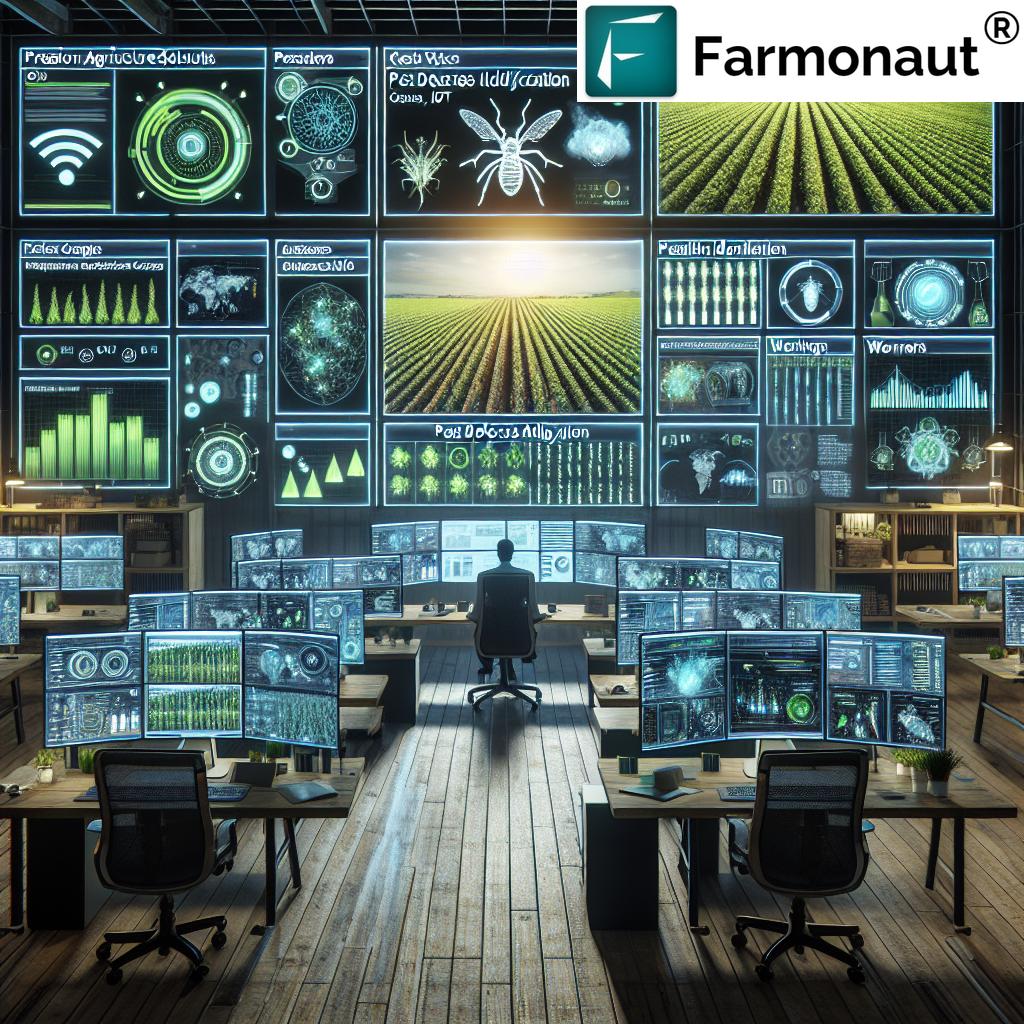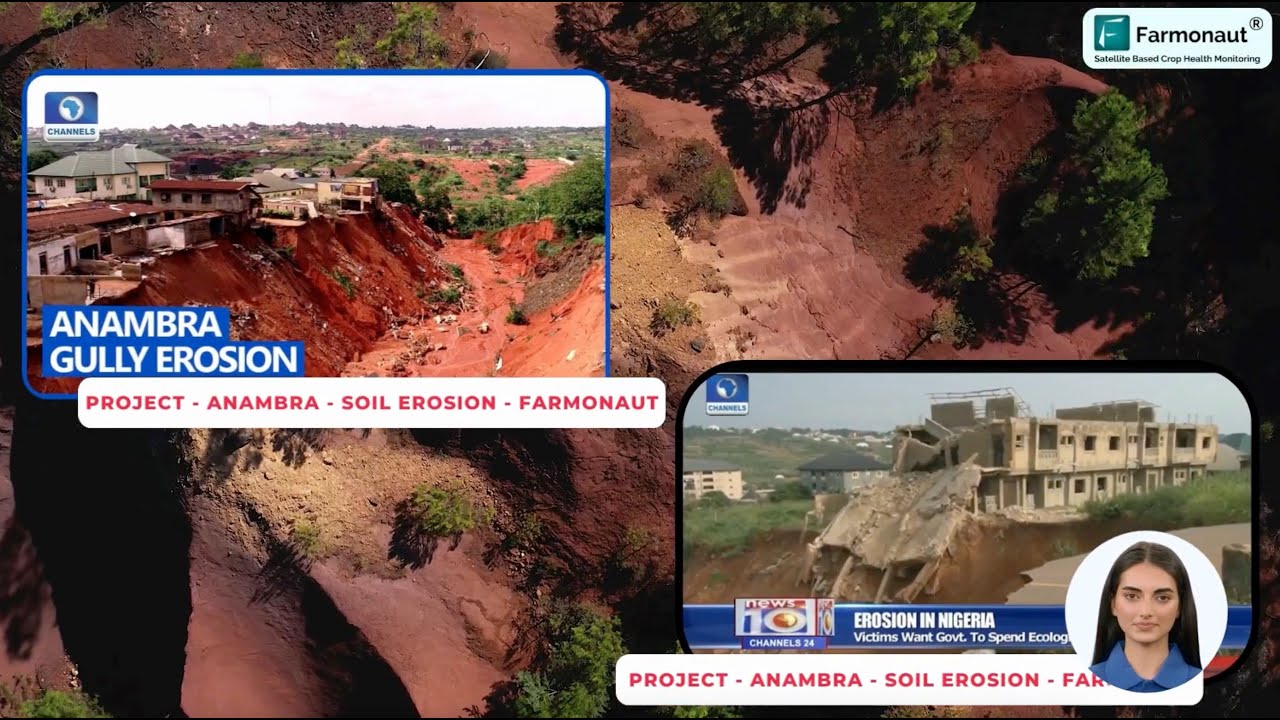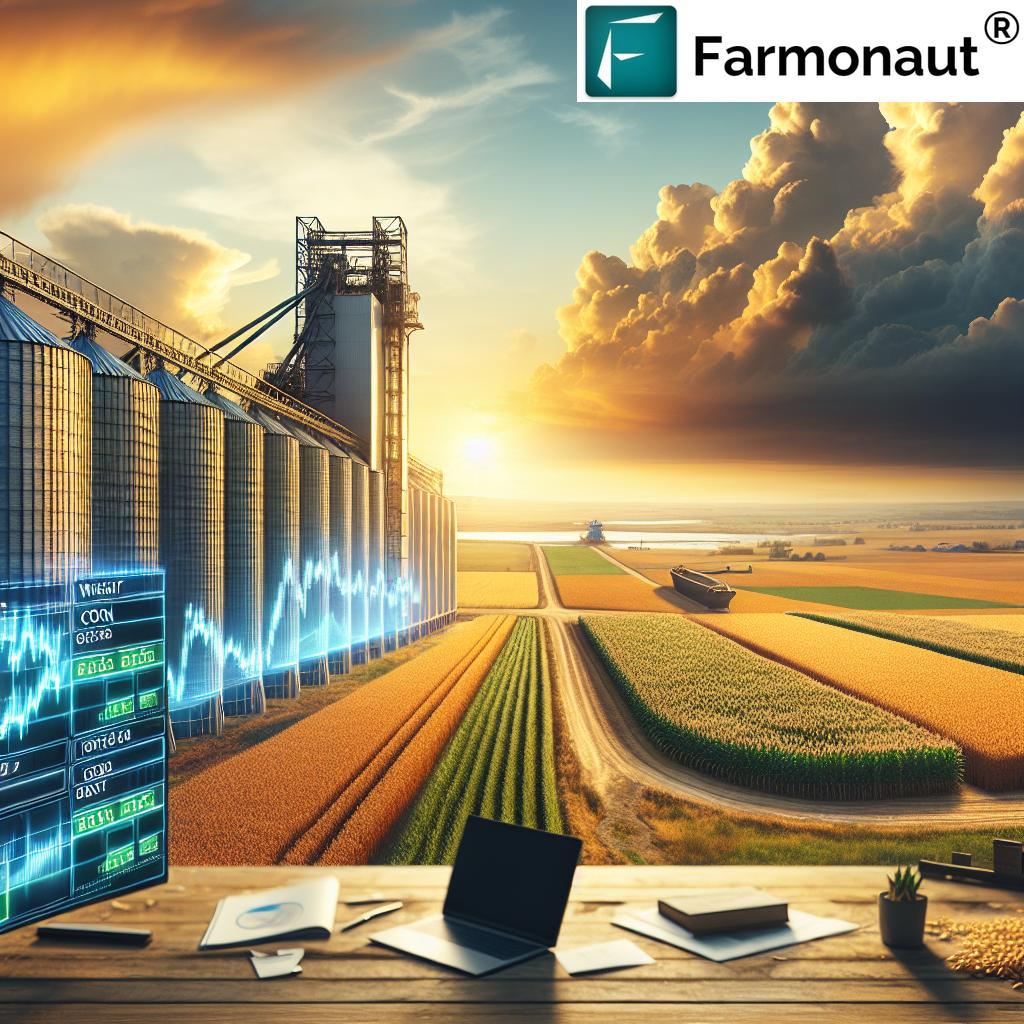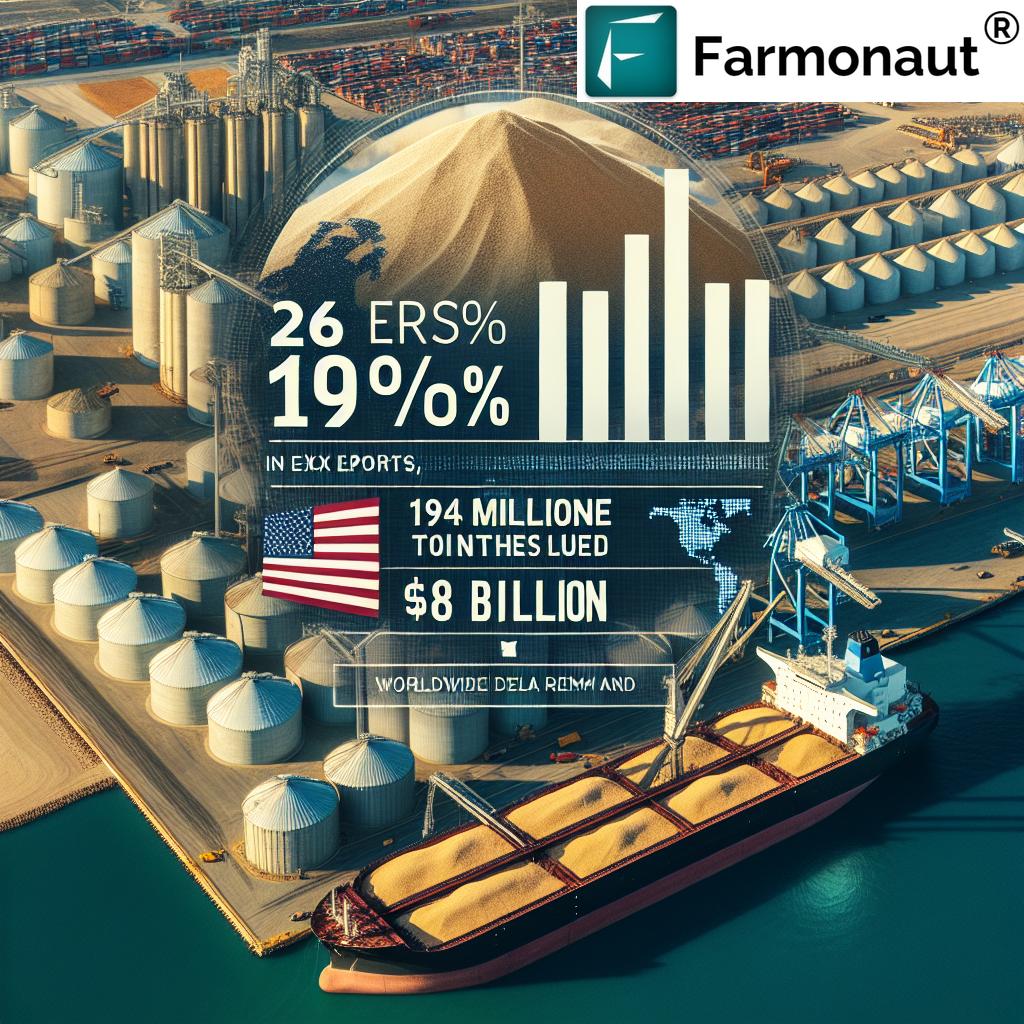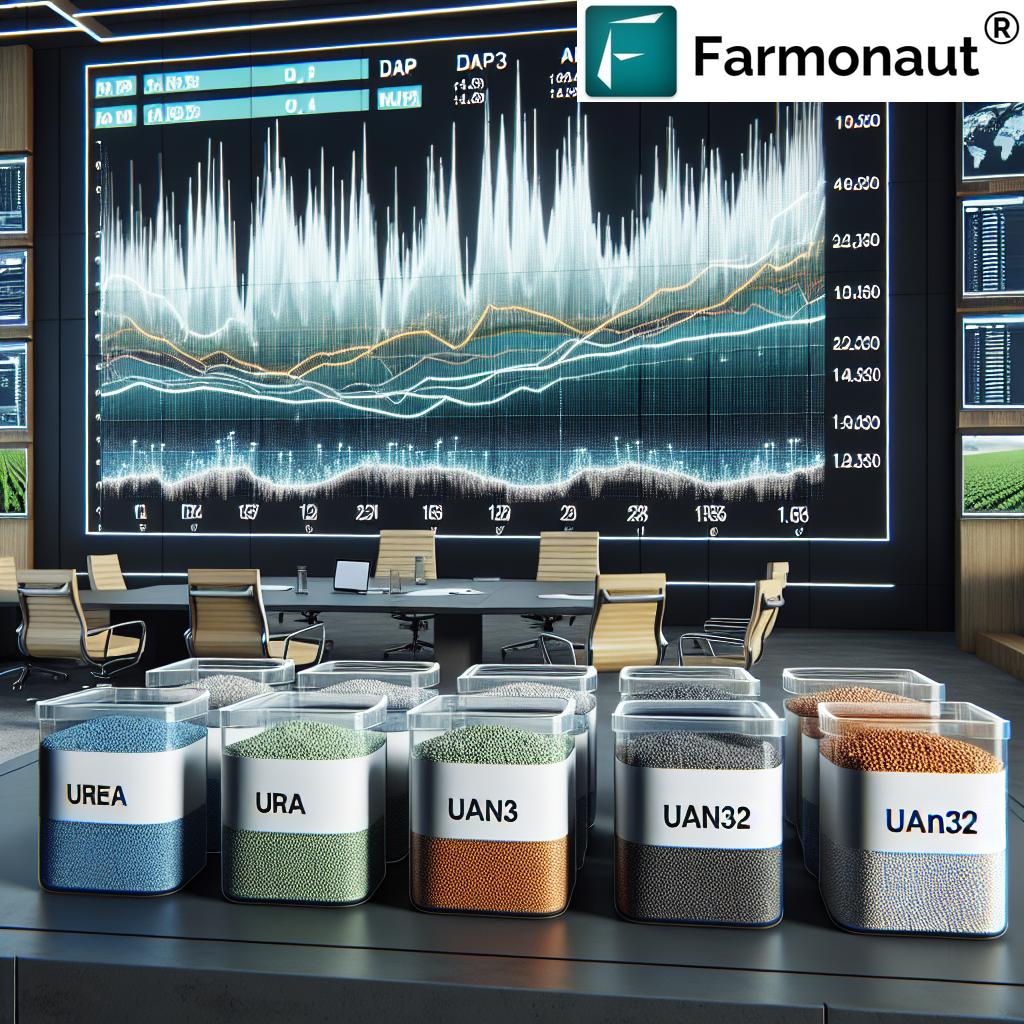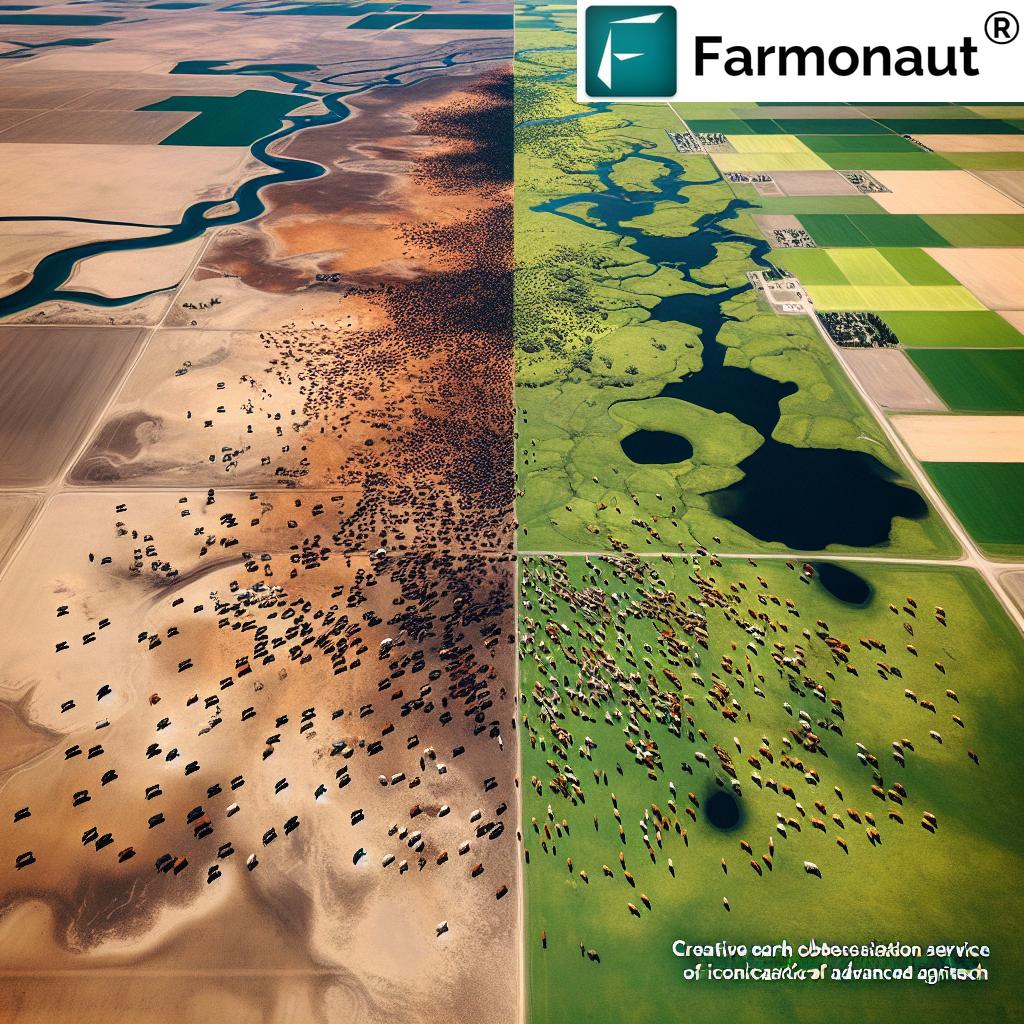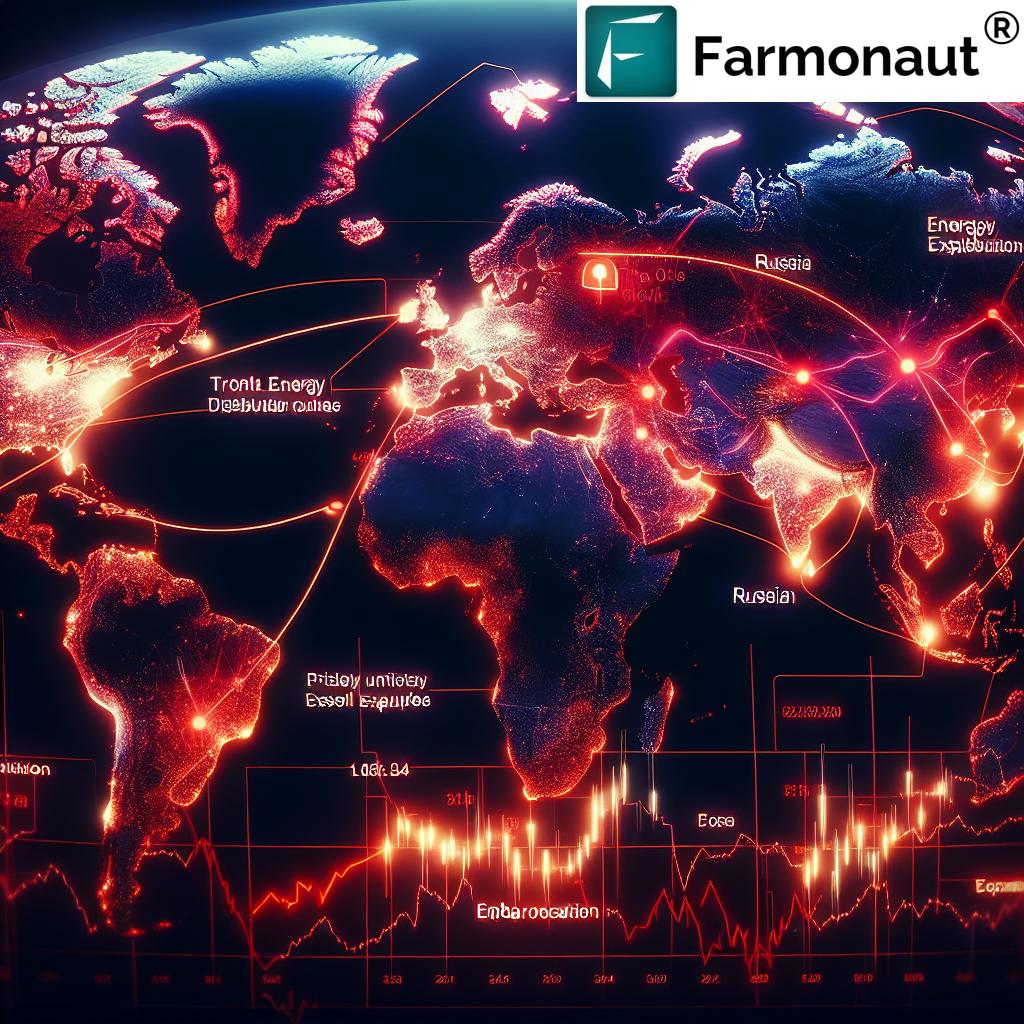“By 2027, automated pest monitoring systems are projected to reduce manual scouting time by up to 60% in agriculture.”
Automated Pest Monitoring System Market: 7 Shocking Innovations
The world of agriculture is undergoing a digital revolution. As we strive for greater sustainability and efficiency, automated pest monitoring systems have emerged as a cornerstone of transformative change. Powered by cutting-edge AI, IoT, and machine learning algorithms, these systems are reshaping how farmers detect, identify, and manage pests—paving the way for informed, data-driven decisions and smarter farming practices.
In this deep dive, we’ll explore the game-changing innovations revolutionizing the global automated pest monitoring system market, spotlighting the latest technologies, challenges, and benefits. We’ll show how these advancements translate into higher crop yields, reduced pesticide use, and a more sustainable future for our food systems. Plus, we’ll look at how Farmonaut‘s advanced solutions seamlessly integrate these technologies to empower farms of all sizes.
The Global Importance of Automated Pest Monitoring Systems
As the agricultural sector faces increasing challenges from climate change, pest resistance, and the demand for organic produce, automated pest monitoring systems have become critical for farmers worldwide. Let’s explore their key benefits:
- Enhancing Agricultural Efficiency: By delivering real-time, precise data on pest populations, these systems enable farmers to optimize resource use, reduce wastage, and increase productivity. Peer-reviewed studies show these solutions can decrease pesticide use by up to 30% without sacrificing yield quality (source).
- Addressing Environmental Concerns: Excessive chemical pesticide usage damages ecosystems—including soil degradation and water contamination. Automated systems promote integrated pest management systems (IPM), supporting sustainable and eco-friendly farming practices.
- Economic Benefits: With the global market for automated pest monitoring systems projected for robust growth, farmers and investors alike can benefit from emerging investment opportunities (source).
How Automated Pest Monitoring Systems Work in Agriculture
Pest monitoring in agriculture uses a blend of IoT sensors, satellite data, and AI-powered analytics to track, detect, and identify pests with high accuracy. The system:
- Collects field data (temperature, humidity, pest images, crop health)
- Uses machine learning to identify and classify pests
- Integrates with cloud platforms for real-time notifications
- Optimizes pest management by enabling informed decisions at the right time, reducing crop loss and input costs
Key Growth Drivers in the Automated Pest Monitoring System Market
What’s driving adoption and sustainable growth in this sector? Several technological and market factors push automated pest monitoring solutions forward:
- Technological Advancements: Drone surveillance, AI-powered analytics, and IoT are increasing system efficiency and reducing labor-intensive processes. This brings precision agriculture solutions to the mainstream.
- Rising Demand for Organic Farming: The shift toward pesticide-free consumer produce makes automated pest monitoring systems highly relevant, especially since they prioritize minimizing chemicals.
- Government Initiatives and Subsidies: Worldwide, subsidies and educational programs support the transition to smart agricultural technologies for food security and sustainable practices.
- Climate Change Adaptation: Growing climate variability boosts pest pressures, fueling the demand for advanced monitoring and management solutions.
The Role of AI, IoT, and Advanced Data in Pest Monitoring
With IoT in pest management and AI at the core, modern automated pest monitoring systems not only detect and identify pests efficiently, but also forecast outbreaks — enabling proactive interventions.
- Internet of Things (IoT): Seamlessly connects sensors and traps to digital platforms for continuous monitoring
- Artificial Intelligence (AI): AI-powered pest detection learns from vast data sets for enhanced accuracy
- Machine Learning: Improves identification and prediction over time, further reducing manual interventions
Challenges Facing Automated Pest Monitoring Systems
While the adoption of automated pest monitoring systems has accelerated, critical challenges slow widespread implementation, especially in developing regions and remote areas:
- High Initial Costs: The up-front investment for hardware and digital platforms can be prohibitive for small-scale farmers. Solutions must prioritize affordability to maximize reach and efficiency.
- Lack of Awareness: Many farmers are unaware of the true benefits or technical functioning of these advanced systems, creating barriers to adoption.
- Connectivity Issues: In rural and underserved areas, insufficient internet infrastructure impairs the effectiveness of IoT-based solutions.
- Data Security and Privacy Concerns: As data becomes central to decision-making, robust security measures are critical to protect farm and personal information from misuse.
Farmonaut’s platform enables satellite-based verification for crop loans and insurance, greatly reducing risks for both farmers and financial institutions. This innovative use of real-time agricultural data simplifies access to finance and supports more resilient farming operations.
Emerging Trends in Automated Pest Monitoring Systems
“Over 80% of new pest monitoring solutions now integrate AI for real-time pest detection and data-driven decision-making.”
Automated pest monitoring systems are evolving in step with global technological advancements and shifting farming practices. Today’s most influential emerging trends include:
- Integration with Precision Agriculture: Systems are now part of larger precision agriculture solutions, providing holistic tools for complete farm management.
- AI and Machine Learning Optimization: Machine learning has made pest prediction and identification smarter, faster, and less reliant on manual interventions.
- Drone-Based Monitoring: Drones equipped with visual and thermal sensors perform rapid, field-wide scans, pinpointing pest hotspots and providing real-time crop monitoring.
- Strategic Collaborations: Enhanced collaborations between technology firms and research bodies aim to produce affordable, locally adapted monitoring systems, especially for smallholder farmers.
Regional Insights: Global Adoption of Automated Pest Monitoring Systems
The rate of adoption, and the integration of automated pest monitoring systems differ across regions and countries:
-
North America:
Boasts advanced agricultural infrastructure and high technology adoption rates. United States and Canada are industry leaders, emphasizing sustainable agriculture and compliance with regulatory standards. -
Europe:
Germany, France, and the Netherlands are top adopters, spurred by EU directives targeting reduced pesticide usage and the expansion of organic farming. -
Asia Pacific:
The fastest-growing region — led by China and India. Here, increased investment in agri-tech, growing awareness, and technology-friendly government policies are boosting market size rapidly.
Across all these regions, technological advancements and evolving sustainable practices continue to fuel automation and smarter pest management.
Farmonaut’s carbon footprinting feature empowers farmers and agribusinesses to track and reduce their environmental impact with real-time emissions data, paving the way for more sustainable agricultural practices.
Automated Pest Monitoring System Market: 7 Shocking Innovations
Let’s explore the most groundbreaking innovations changing the landscape of automated pest monitoring. These span AI-powered pest detection, precision hardware, satellite data utilization, and holistic farm management paradigms.
1. AI-Driven Visual Pest Identification
Artificial intelligence uses deep learning on image data (from field cameras, smartphones, traps) to detect, identify, and classify pests automatically. This reduces manual error, increases speed, and boosts pest management precision. Today, over 80% of leading pest monitoring companies incorporate AI at some level.
2. IoT-Enabled Smart Pest Traps
Traps and monitoring devices equipped with IoT sensors transmit data continuously to central platforms. This enables seamless, remote tracking of pest populations, real-time alerts, and automated responses (like activating lure sprays or releasing beneficial insects).
3. Drone-Based Pest Surveillance
Drones survey vast fields with speed and precision. Fitted with advanced imaging sensors, they capture high-resolution visuals of crops, instantly identifying hotspots and infestation zones that require intervention. This drastically reduces scouting time and labor costs.
4. Predictive Analytics & Pest Outbreak Forecasting
By analyzing historical climate data, crop health, and seasonality, machine learning models can predict pest outbreaks before they happen. This empowers farmers to act proactively and target interventions only where needed.
5. Automated Satellite-Based Crop and Pest Health Monitoring
Satellites collect multispectral data, which—when analyzed using AI—offers a bird’s-eye view of crop health and pest pressure over vast areas. Solutions like Farmonaut’s satellite-based monitoring deliver crucial insights, even for remote or inaccessible farms.
6. Integrated Farm Management Platforms
Comprehensive platforms integrate pest, disease, irrigation, resource, and yield monitoring in one digital dashboard. Data-driven suggestions help farmers make informed decisions — from pest control to harvesting and market traceability.
7. Blockchain-Enabled Supply Chain & Pest Traceability
New blockchain-based systems enable transparent tracking of agricultural produce—from on-farm pest management practices to supermarket shelves. This ensures food safety, supports organic certification, and builds consumer trust with verified, immutable records.
Comparison Table of 7 Key Innovations in Automated Pest Monitoring Systems
| Innovation Name | Brief Description | Technology Used | Estimated Adoption Rate (%) | Impact on Yield (%) | Notable Example / Company |
|---|---|---|---|---|---|
| AI-Driven Visual Pest Identification | Deep learning analyzes images to detect and classify pests automatically. | AI, Machine Learning | 60-75% | Up to +15% | PrecisionHawk, Taranis |
| IoT-Enabled Smart Pest Traps | Wireless traps send real-time pest data to platforms for remote action. | IoT, Cloud Analytics | 50-65% | +7–12% | TrapView, Semios |
| Drone-Based Pest Surveillance | Drones scan large fields, quickly detecting pest infestation hotspots. | Drones, Imaging Sensors | 40-50% | +10–18% | DJI Agriculture, XAG |
| Predictive Analytics & Pest Outbreak Forecasting | Historical and real-time data predicts outbreaks before they occur. | AI, Big Data Analytics | 35-50% | +10–15% | Corteva, AgroScout |
| Automated Satellite-Based Crop & Pest Health Monitoring | Satellites capture multispectral crop and pest data at scale. | Satellite Imaging, AI | 30-40% | +10–14% | Farmonaut |
| Integrated Farm Management Platforms | Single dashboard for pest, resource, weather, and crop data. | IoT, Cloud, AI | 45-60% | +15–20% | Climate FieldView, Granular |
| Blockchain-Enabled Supply Chain & Pest Traceability | Transparent, tamper-proof record of pest practices & produce quality. | Blockchain, IoT, AI | 10-20% | +5–10% | IBM Food Trust, Farmonaut |
Farmonaut empowers producers and food companies to authenticate every stage of crop production and supply chain movement, from field practices to the end consumer, ensuring trust and compliance in global markets.
Farmonaut: Advanced Data-Driven Farm Management for Pest Monitoring
As the automated pest monitoring system market accelerates, it’s vital to empower all types of farmers with affordable, easy-to-adopt, and powerful precision agriculture solutions. This is where Farmonaut stands out as a global leader in advanced agricultural technologies.
How Farmonaut Drives Innovation in Pest Monitoring
-
Satellite-Based Crop Health Monitoring
Farmonaut utilizes multispectral satellite imagery to monitor crop health, including NDVI, soil moisture, and pest-disease stress signals. This data-driven insight allows farmers to optimize irrigation, fertilizer use, and precisely target pest management actions, supporting sustainable farming practices and reducing pesticide use. -
Jeevn AI Advisory System
Farmonaut’s proprietary AI advisory tool delivers real-time, personalized crop and pest management guidance. By analyzing satellite data and local weather inputs, it helps farmers maximize productivity and address pest outbreaks efficiently. -
Blockchain-Based Product Traceability
With blockchain, Farmonaut creates a secure, transparent traceability solution for agricultural producers and corporate clients. This enables chemical usage tracking, organic certification, and trusted supply chains for sustainably grown produce. -
Resource, Fleet, and Farm Management Tools
Through its subscription-based platform and flexible API access (see API; developer docs), Farmonaut supports everything from large-scale plantation management, logistics, to crop area/yield estimation. -
Carbon Footprinting
Farmonaut enables agribusinesses to track and reduce carbon emissions, supporting compliance and efficient resource usage throughout the crop cycle.
These features are embodied in Farmonaut’s accessible web, mobile, and API formats, ensuring that farmers, researchers, and industry professionals can integrate advanced automated pest monitoring systems into any agricultural workflow—no matter the scale or location.
Streamline operations with Farmonaut’s fleet management solutions—optimizing agricultural logistics, reducing operational costs, and ensuring all machinery is monitored for maximum uptime and safety.
Perfect for plantations and agribusinesses, Farmonaut’s large-scale management solutions provide detailed insights, from resource allocation to yield forecasting, through a unified platform designed for efficiency and growth.
Frequently Asked Questions (FAQ)
What are automated pest monitoring systems?
Automated pest monitoring systems use digital sensors, AI, IoT, and data analytics to track and manage pest populations in real time, reducing manual scouting and supporting precision pest management decisions.
How do these systems help reduce pesticide use?
By providing accurate and timely data on pest presence, outbreaks, and trends, these solutions enable farmers to target interventions only where needed, significantly reducing unnecessary pesticide applications and promoting sustainable crop protection.
How does IoT enhance pest monitoring?
IoT connects traps, sensors, and cameras to cloud platforms, automating continuous pest tracking, real-time alerts, and seamless data aggregation—resulting in faster and more informed pest management decisions.
Why is satellite data valuable for pest detection?
Satellite-based monitoring enables broad-area, high-frequency, and non-invasive analysis of crop and pest health, even in remote or inaccessible regions. It helps detect stress signals before visible symptoms appear, supporting proactive management.
What makes Farmonaut unique in this market?
Farmonaut integrates satellite technology, AI-based advice, blockchain traceability, and resource management into a single platform—empowering every farmer with scalable, affordable, and state-of-the-art precision agriculture solutions.
How accessible are these technologies for small farmers?
Platforms like Farmonaut are designed for affordability and mobile accessibility, lowering cost barriers and making advanced pest monitoring practical even for smallholder farms.
Conclusion: Paving the Way for Sustainable Agriculture
Automated pest monitoring systems have ushered in a new era for global agriculture. By delivering real-time, actionable insight on pest populations, farmers can make informed decisions that increase yields, reduce pesticide use, and enhance productivity without compromising the environment.
As we advance, the successful integration of advanced technologies—from AI-powered pest detection to blockchain-enabled traceability—will be crucial for resilient, sustainable food systems. Platforms like Farmonaut make it possible for all farms—big or small, in any region—to access precision agricultural management tools and unlock a future where food security and environmental stewardship go hand in hand.
For developers and businesses looking to integrate advanced pest monitoring into custom solutions,
Farmonaut’s robust API
and
developer documentation
make seamless integration a reality—accelerating the adoption of data-driven agriculture everywhere.
This article provides educational insights for decision-makers, agribusinesses, and tech-enthusiast farmers seeking to harness the power of automated pest monitoring systems for greater sustainability, efficiency, and profitable farming in the digital era. For an in-depth look at real solutions and to start your own farm data journey, visit Farmonaut.com.





